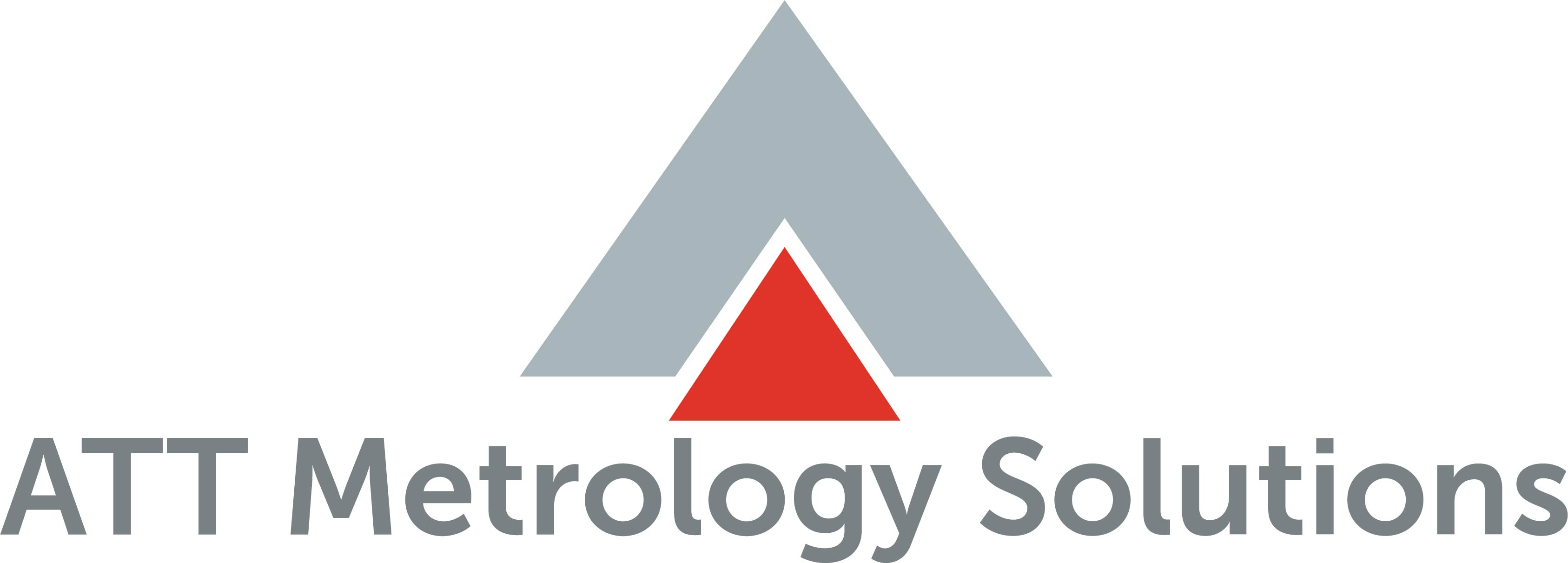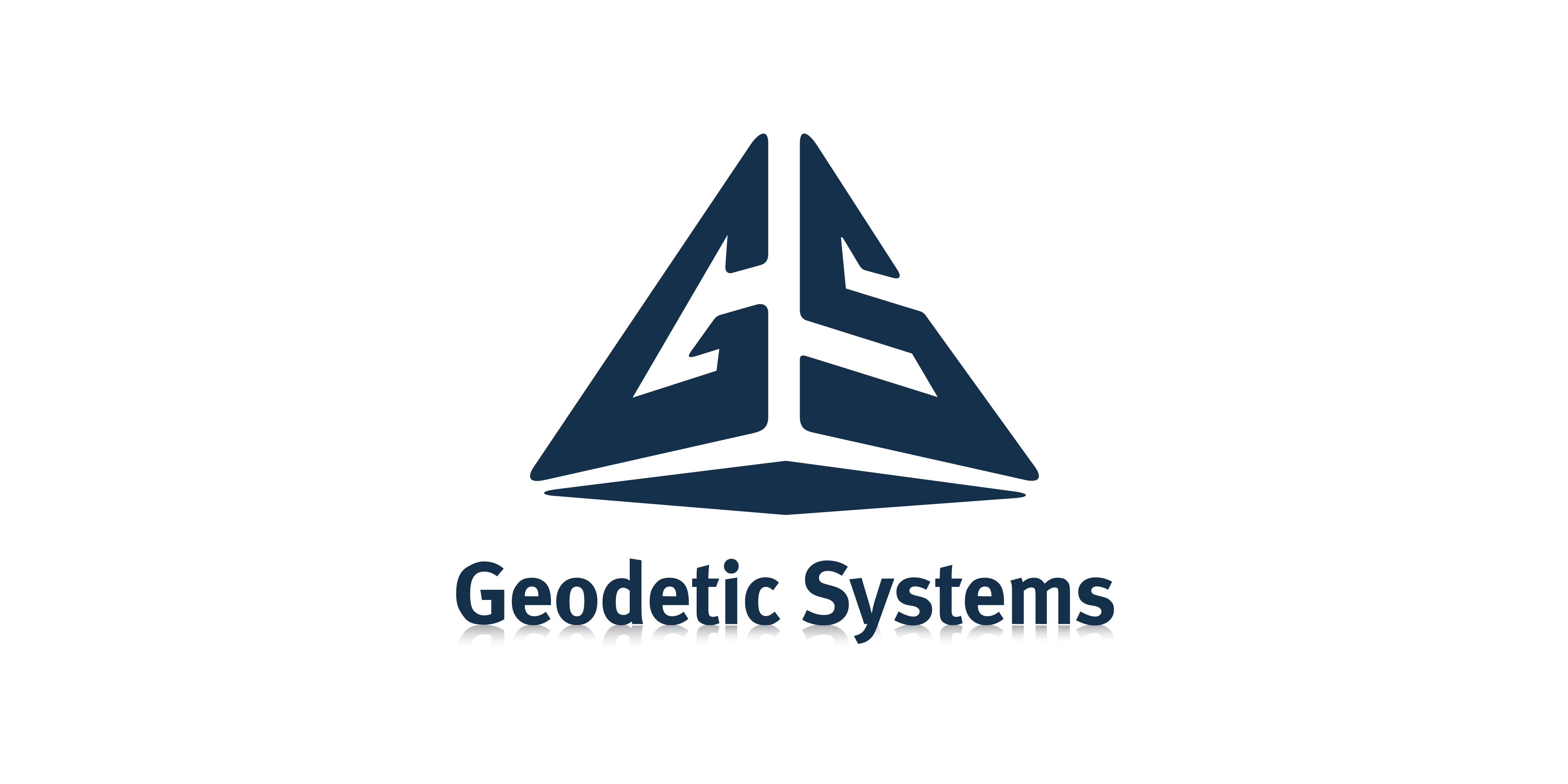
|
Download Members: $0.00 Non‑Members: $75.00 |
Buy Now |
Publication Details
| Published Date: | |
|---|---|
| Authors: | Christoph Ohrt, Steffen Matthias, Markus Kaestner, Eduard Reithmeier |
| Company: | CMSC |
| Print Format: | Technical Paper |
| Citation: | Christoph Ohrt, Steffen Matthias, Markus Kaestner, Eduard Reithmeier, "Fast Endoscopic Geometry Measurement with Fiber-Based Fringe Projection for Inner Geometries," The Journal of the CMSC, Vol. 7, No. 2, Autumn 2012 |
Abstract
Structured-light projection is increasingly becoming a universal tool for all kinds of geometric measurements in engineering, mostly because of its advantages in speed and capability to easily adapt to all kinds of free-forming geometries. Starting from common dimensional acquisition of single large work pieces or assemblies, it also recently entered new fields such as geometric determination of highly reflective surfaces with either deflectometry or the help of super cooling and frost layers or, respectively, carbon layers. Even micro-scale measurements are possible down to submicron lateral resolution. However, one big disadvantage is that measurements of undercuts and inner geometries, such as internal gearings and inner geometries of molds or tubes, are only possible down to a certain size or diameter. This is mainly caused by the size of the projection- and camera-unit of the structured-light measuring system. To overcome these problems, a new fiber-based, flexible endoscopic fringe projection system was developed. The projection unit of the device focuses user-defined fringe patterns to one end of a flexible 2-mm-diameter image fiber, consisting of 100,000 single fibers. The other end of the fiber bundle is embedded in a new, geometrically adaptable sensor head and equipped with a micro-gradient index lens, which is also 2 mm in diameter. In this way fringe patterns are projected in narrow fields and behind undercuts. The image of the fringe pattern distorted by the geometry is detected by a second similar fiber bundle that is embedded in the same sensor head in the angle of triangulation, and transmitted to a high-resolution charge-coupled device (CCD) camera. The measurement volume is momentary limited to 3 × 3 × 3 mm. Nevertheless, the sensor head is prepared with a mount for coordinate measuring machines (CMM). Using the CMM as a reference, the field of measurement can be extended to a multiple through the stitching of several measurement fields. Challenges in the development of the system were creating sufficient depth of focus in the measuring area, which can only be overcome by adequate light coupling to the fibers. This was achieved by using a 100 mW laser light source, with speckle reduced by a rotating diffuser, followed by a flat top generator to uniformly illuminate the fringe generator in form of a common digital micro mirror device (DMD). The properties of the laser, such as its highly collimated beam and high intensity on its beam path, guarantee a high-contrast pattern in the field of measurement. Improvements of the laser compared to common white-light sources will be presented in this article, as well as several calibration and pattern sequences that were evaluated to get best results for different geometries.





